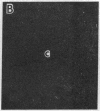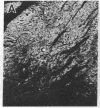Abstract
N-Methyl-4-phenyl-1,2,3,6-tetrahydropyridine (MPTP) produces neuropathologic and clinical abnormalities in humans and animals that closely resemble idiopathic Parkinson disease. [3H]MPTP binds with high affinity (Kd = 28 X 10(-9) M) to brain membranes. The chemical specificity of the binding sites corresponds to structure-activity requirements for neurotoxicity. Autoradiographic studies in human brain show very high receptor densities in the caudate, substantia nigra, and locus coeruleus, which may explain the neurotoxic and neurochemical sequelae of MPTP administration. In contrast to the human, rat substantia nigra and caudate display only moderate receptor concentrations. This species difference may explain the difficulty in producing selective nigrostriatal degeneration in rats. Sites densely labeled in rat brain include the locus coeruleus, interpeduncular nucleus, arcuate and periventricular hypothalamic nuclei, and the subfornical organ.
Full text
PDF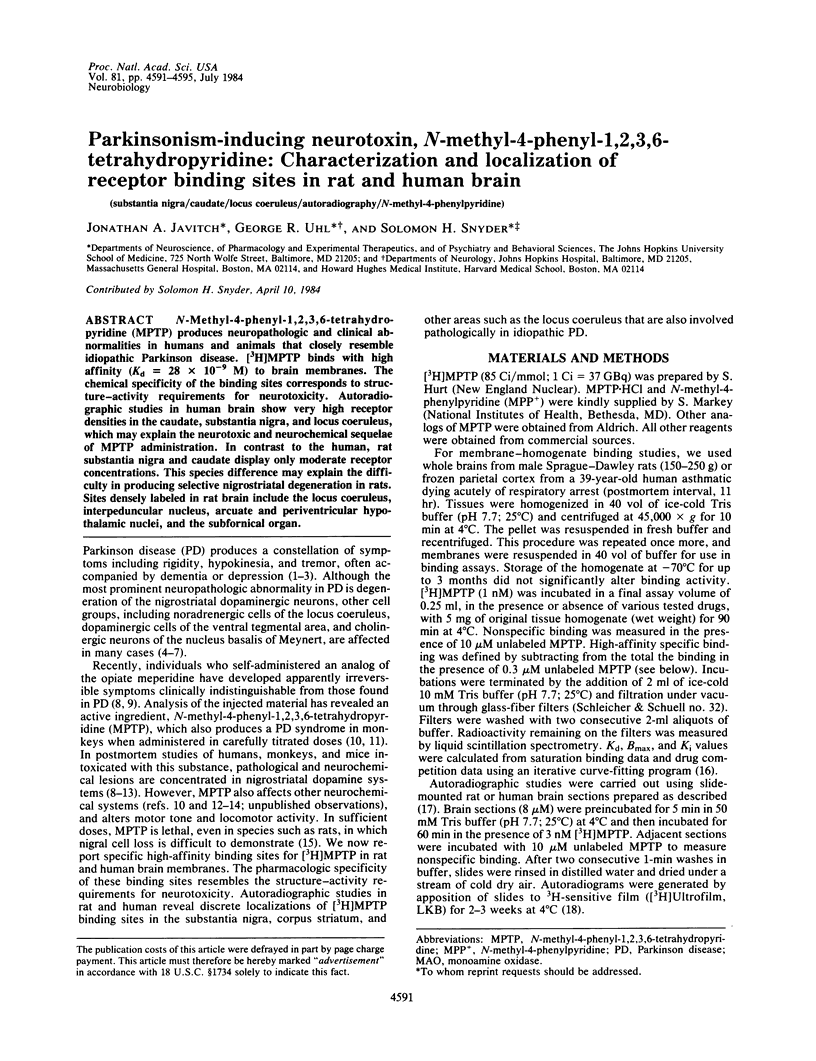

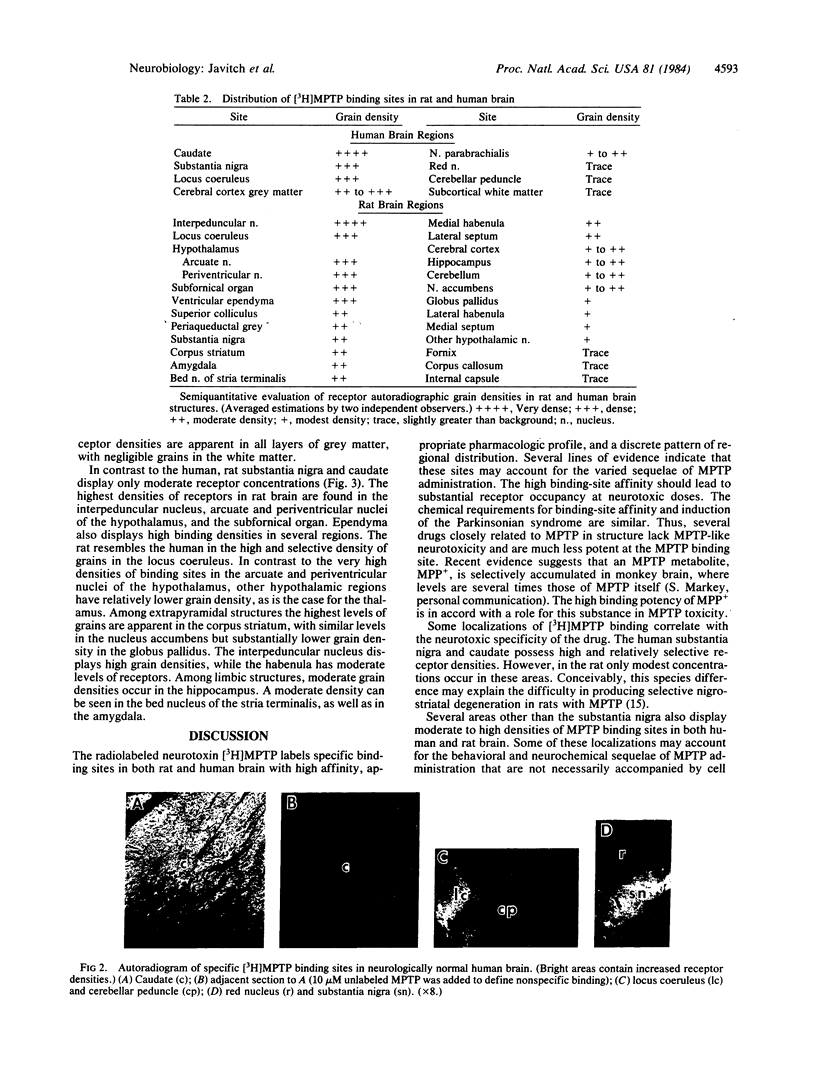
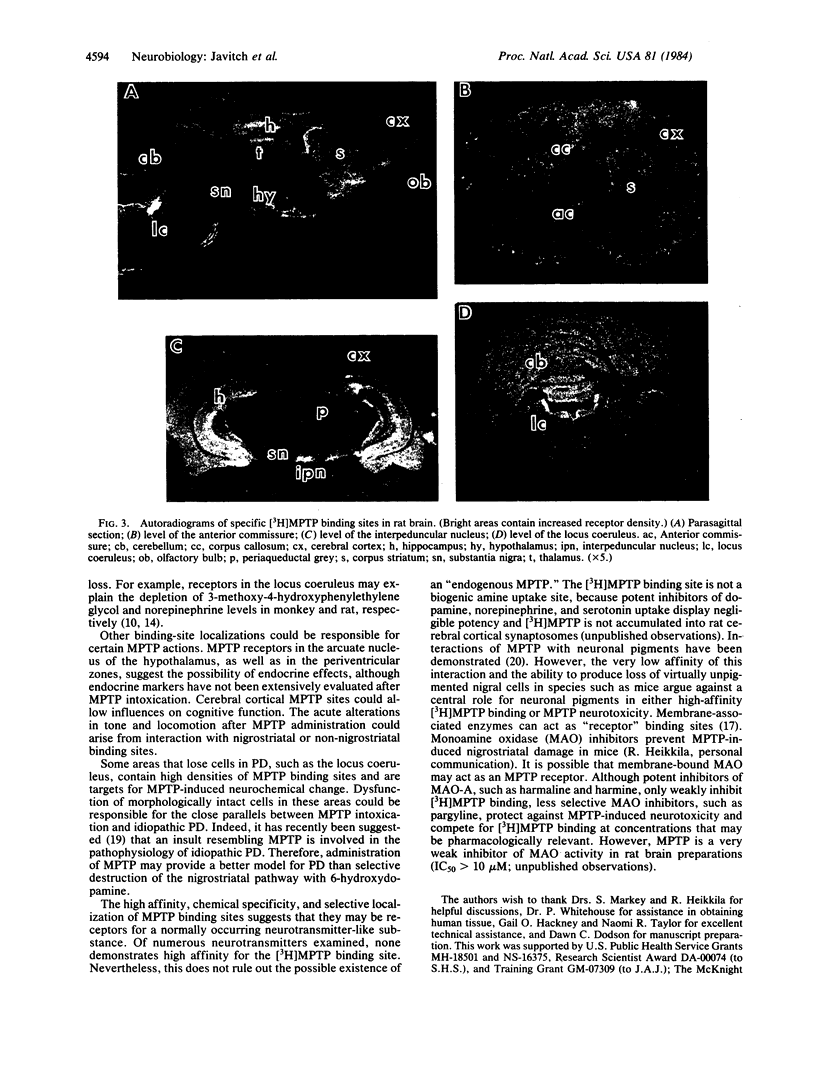

Images in this article
Selected References
These references are in PubMed. This may not be the complete list of references from this article.
- Burns R. S., Chiueh C. C., Markey S. P., Ebert M. H., Jacobowitz D. M., Kopin I. J. A primate model of parkinsonism: selective destruction of dopaminergic neurons in the pars compacta of the substantia nigra by N-methyl-4-phenyl-1,2,3,6-tetrahydropyridine. Proc Natl Acad Sci U S A. 1983 Jul;80(14):4546–4550. doi: 10.1073/pnas.80.14.4546. [DOI] [PMC free article] [PubMed] [Google Scholar]
- Calne D. B. Developments in the pharmacology and therapeutics of parkinsonism. Ann Neurol. 1977 Feb;1(2):111–119. doi: 10.1002/ana.410010202. [DOI] [PubMed] [Google Scholar]
- Calne D. B., Langston J. W. Aetiology of Parkinson's disease. Lancet. 1983 Dec 24;2(8365-66):1457–1459. doi: 10.1016/s0140-6736(83)90802-4. [DOI] [PubMed] [Google Scholar]
- Davis G. C., Williams A. C., Markey S. P., Ebert M. H., Caine E. D., Reichert C. M., Kopin I. J. Chronic Parkinsonism secondary to intravenous injection of meperidine analogues. Psychiatry Res. 1979 Dec;1(3):249–254. doi: 10.1016/0165-1781(79)90006-4. [DOI] [PubMed] [Google Scholar]
- GREENFIELD J. G., BOSANQUET F. D. The brain-stem lesions in Parkinsonism. J Neurol Neurosurg Psychiatry. 1953 Nov;16(4):213–226. doi: 10.1136/jnnp.16.4.213. [DOI] [PMC free article] [PubMed] [Google Scholar]
- Hallman H., Olson L., Jonsson G. Neurotoxicity of the meperidine analogue N-methyl-4-phenyl-1,2,3,6-tetrahydropyridine on brain catecholamine neurons in the mouse. Eur J Pharmacol. 1984 Jan 13;97(1-2):133–136. doi: 10.1016/0014-2999(84)90521-1. [DOI] [PubMed] [Google Scholar]
- Langston J. W., Ballard P., Tetrud J. W., Irwin I. Chronic Parkinsonism in humans due to a product of meperidine-analog synthesis. Science. 1983 Feb 25;219(4587):979–980. doi: 10.1126/science.6823561. [DOI] [PubMed] [Google Scholar]
- Langston J. W., Forno L. S., Rebert C. S., Irwin I. Selective nigral toxicity after systemic administration of 1-methyl-4-phenyl-1,2,5,6-tetrahydropyrine (MPTP) in the squirrel monkey. Brain Res. 1984 Feb 6;292(2):390–394. doi: 10.1016/0006-8993(84)90777-7. [DOI] [PubMed] [Google Scholar]
- Lydén A., Bondesson U., Larsson B. S., Lindquist N. G. Melanin affinity of 1-methyl-4-phenyl-1,2,5,6-tetrahydropyridine, an inducer of chronic parkinsonism in humans. Acta Pharmacol Toxicol (Copenh) 1983 Nov;53(5):429–432. doi: 10.1111/j.1600-0773.1983.tb03446.x. [DOI] [PubMed] [Google Scholar]
- Mayeux R., Stern Y., Rosen J., Leventhal J. Depression, intellectual impairment, and Parkinson disease. Neurology. 1981 Jun;31(6):645–650. doi: 10.1212/wnl.31.6.645. [DOI] [PubMed] [Google Scholar]
- McPherson G. A. A practical computer-based approach to the analysis of radioligand binding experiments. Comput Programs Biomed. 1983 Aug-Oct;17(1-2):107–113. doi: 10.1016/0010-468x(83)90031-4. [DOI] [PubMed] [Google Scholar]
- Pirozzolo F. J., Hansch E. C., Mortimer J. A., Webster D. D., Kuskowski M. A. Dementia in Parkinson disease: a neuropsychological analysis. Brain Cogn. 1982 Jan;1(1):71–83. doi: 10.1016/0278-2626(82)90007-0. [DOI] [PubMed] [Google Scholar]
- Strittmatter S. M., Lo M. M., Javitch J. A., Snyder S. H. Autoradiographic visualization of angiotensin-converting enzyme in rat brain with [3H]captopril: localization to a striatonigral pathway. Proc Natl Acad Sci U S A. 1984 Mar;81(5):1599–1603. doi: 10.1073/pnas.81.5.1599. [DOI] [PMC free article] [PubMed] [Google Scholar]
- Unnerstall J. R., Niehoff D. L., Kuhar M. J., Palacios J. M. Quantitative receptor autoradiography using [3H]ultrofilm: application to multiple benzodiazepine receptors. J Neurosci Methods. 1982 Jul;6(1-2):59–73. doi: 10.1016/0165-0270(82)90016-4. [DOI] [PubMed] [Google Scholar]
- Whitehouse P. J., Hedreen J. C., White C. L., 3rd, Price D. L. Basal forebrain neurons in the dementia of Parkinson disease. Ann Neurol. 1983 Mar;13(3):243–248. doi: 10.1002/ana.410130304. [DOI] [PubMed] [Google Scholar]



